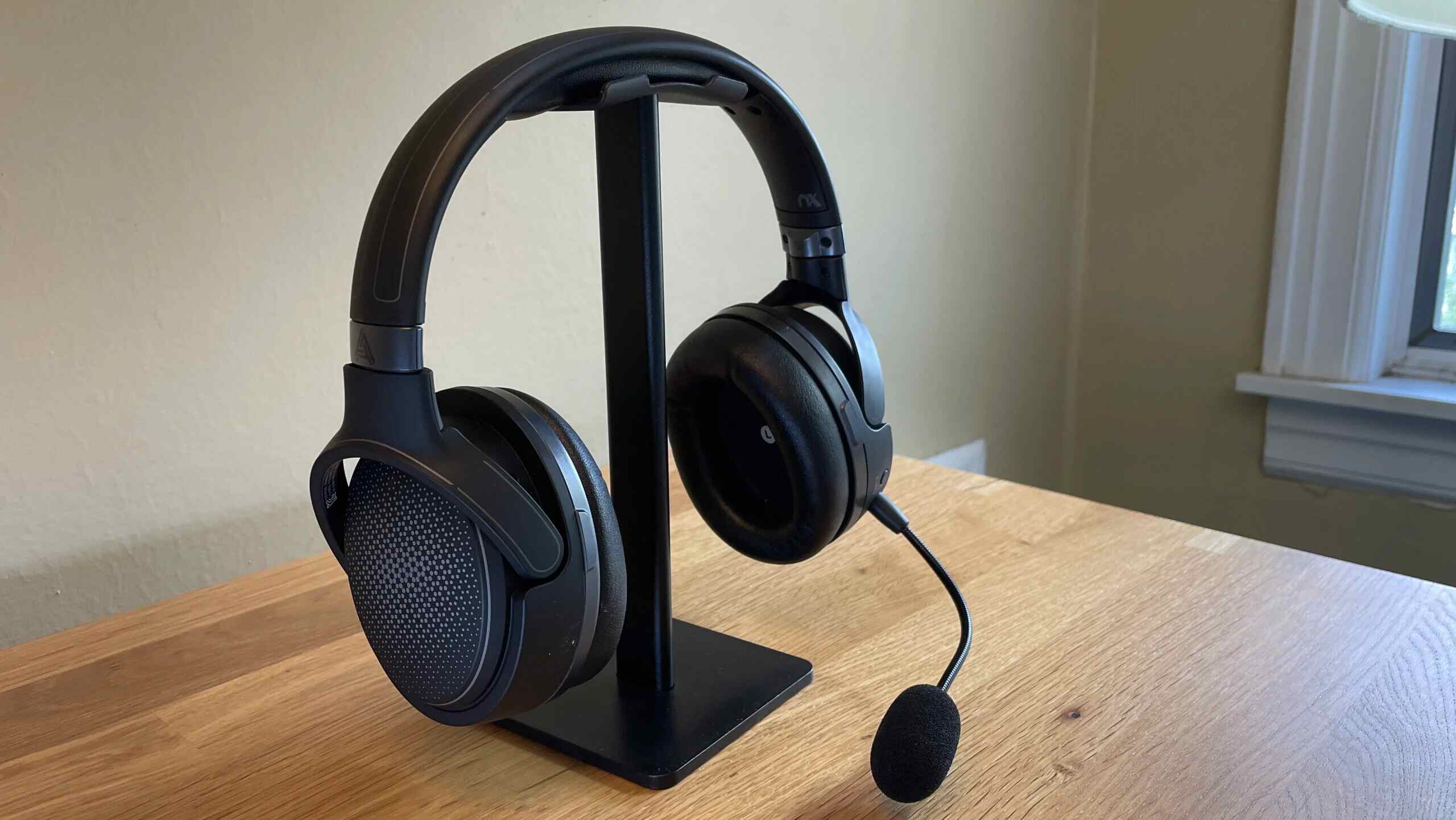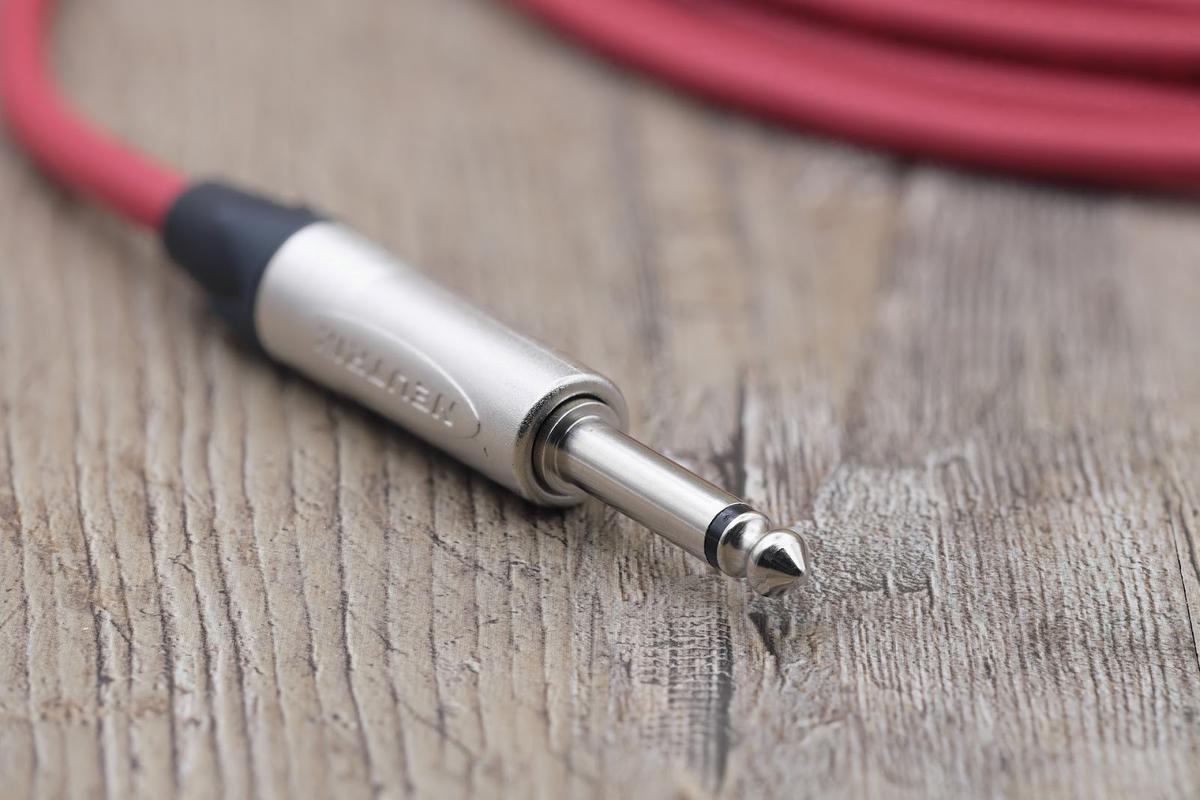Introduction
In the world of technology, the 3.5mm headset has become a ubiquitous accessory for audio enthusiasts, gamers, and professionals alike. Its versatility and compatibility have made it a popular choice for enjoying immersive sound experiences on various devices. However, when it comes to using a 3.5mm headset on a PC without a splitter, many users encounter challenges due to the traditional configuration of separate jacks for audio output and microphone input.
The need to use a 3.5mm headset without a splitter often arises in situations where a dedicated splitter is not readily available or when users prefer a more streamlined setup. This common predicament has led to the exploration of alternative methods for connecting a 3.5mm headset to a PC, thereby bypassing the need for a conventional splitter.
As technology evolves, so do the solutions to such challenges. With the advent of software-based audio solutions and the increasing adaptability of PC hardware, users now have more options to bridge the gap between their 3.5mm headsets and their PCs. These advancements have empowered users to explore innovative ways to achieve seamless audio connectivity without the constraints of traditional hardware configurations.
In this comprehensive guide, we will delve into the intricacies of using a 3.5mm headset on a PC without a splitter. By understanding the functionalities of the 3.5mm headset, exploring alternative connection methods, and harnessing the power of software solutions for audio splitting, users can unlock a world of possibilities for enhancing their audio experiences on their PCs. Whether for gaming, communication, or multimedia consumption, the ability to utilize a 3.5mm headset without a splitter opens up new avenues for users to immerse themselves in high-quality audio while harnessing the full potential of their PC setups.
Understanding the 3.5mm Headset
The 3.5mm headset, also known as a 3.5mm jack or mini-jack, has become a standard in the realm of audio connectivity. This versatile connector is characterized by its 1/8-inch (3.5mm) diameter and is widely utilized for audio output and microphone input on a myriad of devices, including smartphones, tablets, laptops, and PCs. Its widespread adoption can be attributed to its compact size, compatibility, and ability to carry both audio and microphone signals through a single interface.
The 3.5mm headset typically features a TRRS (Tip, Ring, Ring, Sleeve) configuration, which enables it to transmit stereo audio as well as microphone input. This configuration consists of three distinct sections on the plug, with the tip and first ring carrying the left and right audio channels, while the second ring serves as the microphone input, and the sleeve functions as the ground connection.
When it comes to utilizing a 3.5mm headset on a PC, the challenge often arises from the traditional separation of audio output and microphone input jacks. PCs commonly feature two separate 3.5mm jacks, with one designated for audio output (headphones or speakers) and the other for microphone input. This conventional setup necessitates the use of a dedicated splitter to separate the audio and microphone signals from a single 3.5mm headset, thereby enabling their individual connection to the PC.
The 3.5mm headset's compatibility with a wide range of devices, including PCs, underscores its versatility and utility in various audio-related scenarios. Whether for gaming, virtual meetings, content creation, or leisurely music listening, the 3.5mm headset serves as a convenient and practical audio solution for users across different domains.
Understanding the intricacies of the 3.5mm headset lays the foundation for exploring alternative methods to connect it to a PC without the need for a dedicated splitter. By leveraging this understanding, users can delve into innovative approaches and software-based solutions to bridge the gap between their 3.5mm headsets and PC audio setups, thereby enhancing their audio experiences and unlocking the full potential of their devices.
Connecting a 3.5mm Headset to PC without a Splitter
Connecting a 3.5mm headset to a PC without a splitter requires a thoughtful approach to leverage the existing audio input and output ports effectively. While the traditional setup of separate jacks for audio output and microphone input may seem limiting, there are alternative methods to achieve seamless connectivity without the need for a dedicated splitter.
One approach involves utilizing a 3.5mm TRRS to dual 3.5mm TRS adapter. This adapter, commonly available at electronics stores, enables the conversion of the TRRS connector of the 3.5mm headset into separate audio output and microphone input connectors. By plugging the TRRS end of the adapter into the headset and connecting the dual TRS ends to the corresponding audio output and microphone input ports on the PC, users can effectively bypass the need for a splitter while establishing distinct connections for audio and microphone signals.
Another method involves the use of a USB audio adapter with 3.5mm audio and microphone ports. These compact and versatile adapters, often designed for enhanced audio capabilities on PCs, can serve as an alternative interface for connecting a 3.5mm headset without relying on traditional audio jacks. By plugging the 3.5mm headset into the audio and microphone ports of the USB adapter and then connecting the adapter to an available USB port on the PC, users can achieve seamless audio connectivity without the constraints of separate audio and microphone jacks.
Furthermore, some modern PCs and laptops feature a combined audio jack that supports both audio output and microphone input through a single 3.5mm port. This consolidated approach eliminates the need for a splitter, as the single jack can accommodate the 3.5mm headset without requiring separate connections for audio and microphone signals. Users can simply plug the 3.5mm headset into the combined audio jack, and the PC will automatically recognize the headset's audio and microphone functionalities without the necessity of additional adapters or splitters.
By exploring these alternative methods and leveraging the adaptability of PC hardware and accessories, users can overcome the limitations of traditional audio configurations and seamlessly connect their 3.5mm headsets to their PCs without the need for a splitter. These innovative approaches empower users to optimize their audio setups, enhance their communication experiences, and immerse themselves in high-quality sound without the constraints of conventional hardware configurations.
Using Software Solutions for Audio Splitting
In the realm of audio connectivity, software solutions have emerged as a versatile and innovative approach to address the challenge of splitting audio input and output signals when using a 3.5mm headset on a PC without a splitter. These software-based solutions offer a dynamic alternative to traditional hardware configurations, providing users with the flexibility to manage audio input and output functionalities through virtual interfaces and digital signal processing.
One prominent software solution for audio splitting is the utilization of virtual audio cable applications. These applications enable users to create virtual audio devices and routes within their PC's operating system, effectively simulating the functionality of physical audio splitters. By configuring the virtual audio cable software to recognize the 3.5mm headset's audio output and microphone input as separate virtual devices, users can establish distinct audio paths for each function without the need for physical hardware splitters.
Furthermore, virtual audio cable applications often offer customizable routing options, allowing users to direct specific audio sources to different output devices or applications. This level of control empowers users to tailor their audio experiences according to their preferences, whether for gaming, content creation, or communication purposes. By leveraging virtual audio cable software, users can effectively split the audio signals from their 3.5mm headsets and route them to the appropriate input and output channels on their PCs, all within a virtual environment.
Another software-based approach involves the use of audio management utilities that offer advanced audio routing and device management capabilities. These utilities, often integrated into the PC's operating system or available as third-party applications, allow users to configure audio input and output settings with precision. By accessing the audio management interface, users can designate the 3.5mm headset's audio output and microphone input as distinct audio devices, effectively achieving the functionality of a physical splitter through software-driven configurations.
Moreover, some modern audio management utilities feature real-time audio processing and enhancement functionalities, providing users with the ability to fine-tune their audio signals for optimal clarity and fidelity. This added layer of customization enhances the overall audio experience, ensuring that the 3.5mm headset delivers high-quality sound output and microphone input without the constraints of traditional hardware setups.
By embracing software solutions for audio splitting, users can transcend the limitations of physical hardware configurations and unlock a new realm of audio connectivity possibilities. The seamless integration of virtual audio devices, customizable routing options, and advanced audio management utilities empowers users to optimize their audio setups, enhance their communication experiences, and immerse themselves in high-quality soundscapes, all while leveraging the power of software-driven solutions.
This software-based approach not only offers a practical alternative to traditional hardware splitters but also showcases the adaptability and ingenuity of modern audio technologies. As users continue to explore innovative methods for audio connectivity, the utilization of software solutions for audio splitting stands as a testament to the ever-evolving landscape of audio technology and the boundless potential for enhancing audio experiences on PCs.
Conclusion
In conclusion, the utilization of a 3.5mm headset on a PC without a splitter is not only achievable but also opens up a world of innovative and flexible audio connectivity options. By delving into the functionalities of the 3.5mm headset, exploring alternative connection methods, and harnessing the power of software solutions for audio splitting, users can transcend the constraints of traditional hardware configurations and optimize their audio experiences on their PCs.
The understanding of the 3.5mm headset's TRRS configuration and its compatibility with a myriad of devices underscores its versatility and utility in various audio-related scenarios. Whether for gaming, virtual meetings, content creation, or leisurely music listening, the 3.5mm headset serves as a practical and convenient audio solution for users across different domains.
When it comes to connecting a 3.5mm headset to a PC without a splitter, users can explore alternative methods such as utilizing a TRRS to dual TRS adapter, employing a USB audio adapter with 3.5mm ports, or leveraging the consolidated audio jack found in modern PCs and laptops. These approaches empower users to establish seamless audio connectivity without the need for dedicated splitters, thereby enhancing their overall audio experiences and communication capabilities.
Furthermore, the emergence of software solutions for audio splitting presents a dynamic and innovative approach to address the challenge of separating audio input and output signals. Virtual audio cable applications and advanced audio management utilities offer users the flexibility to create virtual audio devices, customize audio routing, and manage audio input and output settings with precision. This software-driven approach not only provides a practical alternative to traditional hardware splitters but also showcases the adaptability and ingenuity of modern audio technologies.
By embracing these alternative methods and software solutions, users can optimize their audio setups, enhance their communication experiences, and immerse themselves in high-quality soundscapes without the constraints of conventional hardware configurations. The seamless integration of virtual audio devices, customizable routing options, and advanced audio management utilities empowers users to unlock a new realm of audio connectivity possibilities, showcasing the ever-evolving landscape of audio technology and the boundless potential for enhancing audio experiences on PCs.
In essence, the ability to use a 3.5mm headset on a PC without a splitter exemplifies the adaptability and ingenuity of users in navigating the intricacies of audio connectivity. As technology continues to evolve, the exploration of innovative methods for audio connectivity serves as a testament to the limitless potential for enhancing audio experiences and optimizing audio setups, ultimately enabling users to immerse themselves in high-quality soundscapes while harnessing the full capabilities of their PCs.

























